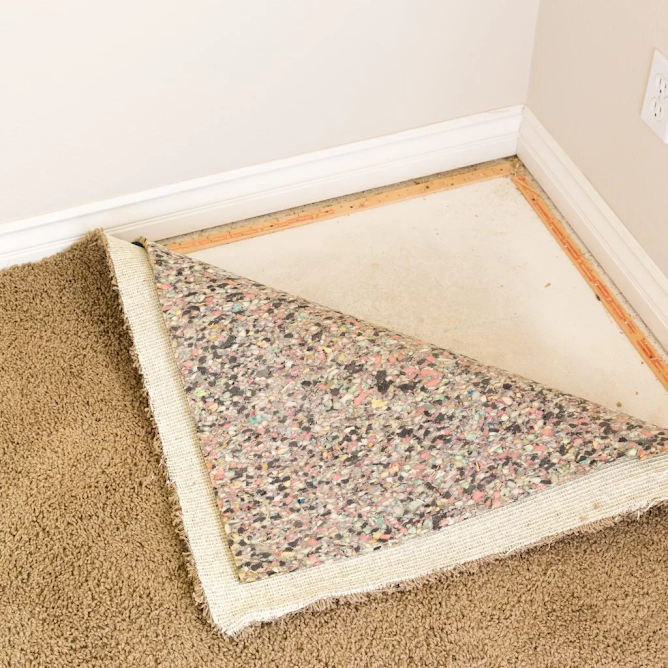How to Match Different Types of Carpet Fibers During Installation
Carpet Installation is the process of attaching a new carpet to the floor. It includes cutting, gluing and seaming the material and installing the necessary padding and underlayment. It is important to hire an experienced professional to perform the carpet installation to ensure it is done properly. A poor job can lead to a number of problems, including uneven surfaces and visible seams. These issues can be difficult to repair and may result in a less desirable appearance. In addition, improperly installed carpet can create a health hazard due to mold growth, which can cause respiratory distress in residents of the home.
The exact square footage
The first step in a carpet installation is measuring the space where the carpet will be placed. It is helpful to have a sketch of the room's layout and to have a tape measure on hand as you take measurements. You should also take into account any interior spaces, such as closets or pantries, that will be covered by the new carpet. It is important to know the exact square footage of each room so that you can purchase enough materials.
Determine how much carpeting and padding you need
Once you have the total square footage of each room, add it together to get the overall square footage for your home. This will help you determine how much carpeting and padding you need. It is recommended that you add 10-20% to this total to account for mistakes during measurement and to ensure you have enough material left over for future repairs or replacements.
A variety of styles available
When choosing a carpet, be sure to select a style that fits your lifestyle and budget. There are a variety of styles available, including Berber, patterned and plush. It is also a good idea to consider the amount of foot traffic that will be in the room, as this will impact the durability and wear of the carpet.
The cost of materials and labor
A professional carpet installer will provide an estimate that includes the cost of materials and labor. This will give you an accurate picture of how much your project will cost. The price will vary depending on the size and shape of each room as well as any additional costs for moving furniture, stain-resistant treatments or tearing out existing carpeting. A professional will also be able to identify any areas of the subfloor that require repairs, which will add to the overall project cost.
Choosing a professional carpet installer will save you time and money. It will also guarantee that your carpeting is installed according to the carpet industry's standards. This will reduce the chances of seams that come apart or overlap, which can be a visual eyesore and a trip hazard.
Conclusion
In addition, the laying and seaming of carpet requires a high level of skill that is not easily learned. When the work is performed incorrectly, it can void the manufacturer's warranty on the product and create an uneven surface that is unattractive and difficult to clean. A qualified installer will follow the carpet industry's Carpet Installation standards, which can make a difference in how long your new carpet lasts and how well it looks.



Comments
Post a Comment